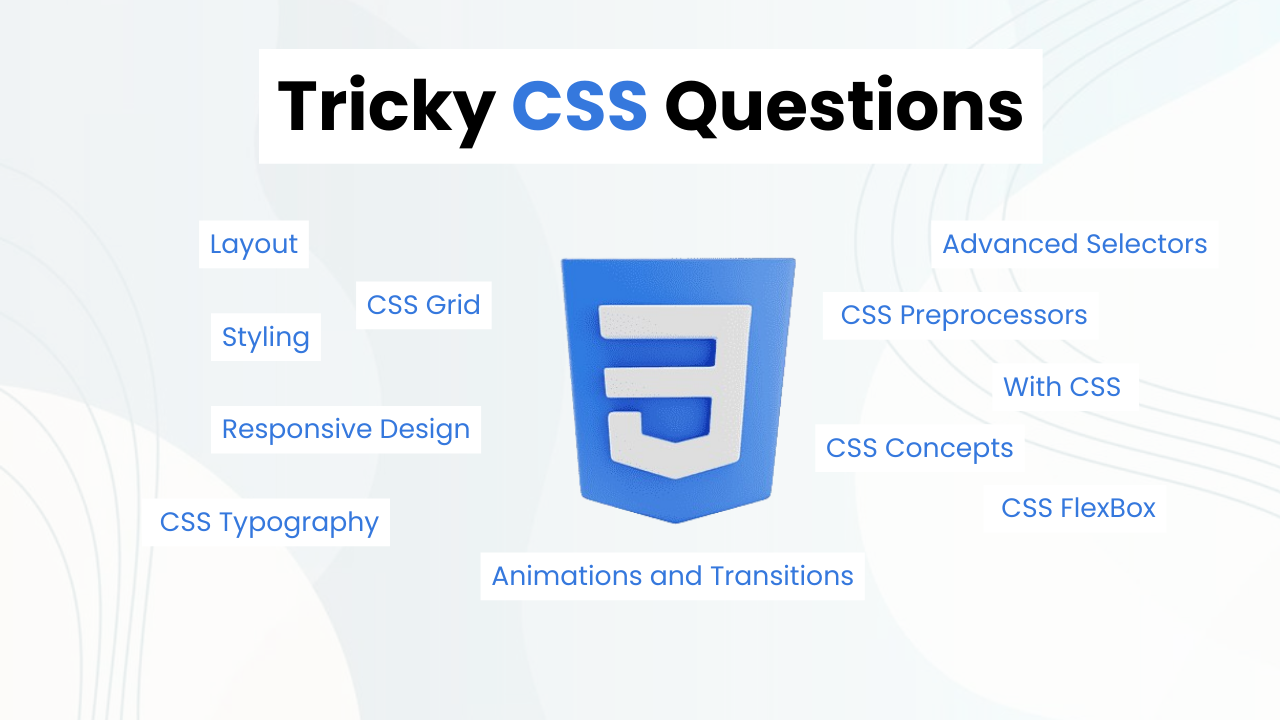Radar Loading Animation With HTML & CSS

Hey Programmers! Do you want to create eye-catching Radar Loading Animation for your web application? In this blog post, we are going to build a cool radar-loading animation using pure HTML & CSS.
This radar loading animation will clone the sweeping motion of a radar & provide a visually appealing way to indicate loading or processing. At the end of this post, you will be able to use CSS Animation, Pseudo-Elements & Blur Effects more efficiently.
Also Read: How To Make Book Loading Animation With HTML & CSS
We will understand the code step by step & At the end of this post, I will share the entire source code of this project so that you can run this on your local device,
Concepts Used To Make Radar Loading Animation
- CSS Blur Effect
- CSS Box Shadow & Box Model
- CSS Before & After
- CSS ANimation & KeyFrames
- CSS Border Radius
- CSS Inset, Overflow
Understanding HTML To Make Radar Loading Animation
- Loader Container:
- There’s a
divelement with the classloader. This serves as the container for the loader.
<div class="loader">- Span Element:
- Inside the loader container, there’s a
spanelement. This is where the rotating radar animation will be displayed.
<span></span>Understanding CSS To Make Radar Loading Animation
- Loader Container Styles:
- The
.loaderclass defines the appearance of the loader container.
.loader {
position: relative;
width: 150px;
height: 150px;
background: transparent;
border-radius: 50%;
box-shadow: 25px 25px 75px rgba(0,0,0,0.55);
border: 1px solid #333;
display: flex;
align-items: center;
justify-content: center;
overflow: hidden;
}- It sets the position to relative, defines the width and height, creates a border radius to make it circular, adds a box shadow for a 3D effect, and centers the content using a flexbox.
- Loader Pseudo-elements:
- The
::beforeand::afterpseudo-elements are used to create additional decorative elements within the loader.
.loader::before {
content: '';
position: absolute;
inset: 20px;
background: transparent;
border: 1px dashed#444;
border-radius: 50%;
box-shadow: inset -5px -5px 25px rgba(0,0,0,0.25),
inset 5px 5px 35px rgba(0,0,0,0.25);
}
.loader::after {
content: '';
position: absolute;
width: 50px;
height: 50px;
border-radius: 50%;
border: 1px dashed#444;
box-shadow: inset -5px -5px 25px rgba(0,0,0,0.25),
inset 5px 5px 35px rgba(0,0,0,0.25);
}- These elements have dashed borders and box shadows to enhance the visual appeal of the loader.
- Span Element Styles:
- The
.loader spanselector styles thespanelement within the loader container.
.loader span {
position: absolute;
top: 50%;
left: 50%;
width: 50%;
height: 100%;
background: transparent;
transform-origin: top left;
animation: radar81 2s linear infinite;
border-top: 1px dashed #fff;
}- It positions the span element in the center of the loader container and sets its width to 50% of the container’s width.
- Span Element Before Pseudo-element:
- The
::beforepseudo-element of the span is used to create a visual effect resembling a radar.
.loader span::before {
content: '';
position: absolute;
top: 0;
left: 0;
width: 100%;
height: 100%;
background: seagreen;
transform-origin: top left;
transform: rotate(-55deg);
filter: blur(30px) drop-shadow(20px 20px 20px seagreen);
}- It creates a green radar-like shape with blur and drop-shadow effects to give it a glowing appearance.
- Keyframe Animation:
- The
@keyframesrule defines theradar81animation, which rotates the radar span element.
@keyframes radar81 {
0% {
transform: rotate(0deg);
}
100% {
transform: rotate(360deg);
}
}- It starts the rotation from 0 degrees and ends at 360 degrees, creating a full rotation effect.
Source Code Of Radar Loading Animation
HTML:
<div class="loader">
<span></span>
</div>CSS:
<style>
.loader {
position: relative;
width: 150px;
height: 150px;
background: transparent;
border-radius: 50%;
box-shadow: 25px 25px 75px rgba(0,0,0,0.55);
border: 1px solid #333;
display: flex;
align-items: center;
justify-content: center;
overflow: hidden;
}
.loader::before {
content: '';
position: absolute;
inset: 20px;
background: transparent;
border: 1px dashed#444;
border-radius: 50%;
box-shadow: inset -5px -5px 25px rgba(0,0,0,0.25),
inset 5px 5px 35px rgba(0,0,0,0.25);
}
.loader::after {
content: '';
position: absolute;
width: 50px;
height: 50px;
border-radius: 50%;
border: 1px dashed#444;
box-shadow: inset -5px -5px 25px rgba(0,0,0,0.25),
inset 5px 5px 35px rgba(0,0,0,0.25);
}
.loader span {
position: absolute;
top: 50%;
left: 50%;
width: 50%;
height: 100%;
background: transparent;
transform-origin: top left;
animation: radar81 2s linear infinite;
border-top: 1px dashed #fff;
}
.loader span::before {
content: '';
position: absolute;
top: 0;
left: 0;
width: 100%;
height: 100%;
background: seagreen;
transform-origin: top left;
transform: rotate(-55deg);
filter: blur(30px) drop-shadow(20px 20px 20px seagreen);
}
@keyframes radar81 {
0% {
transform: rotate(0deg);
}
100% {
transform: rotate(360deg);
}
}
</style>Last Updated: June 18, 2024




